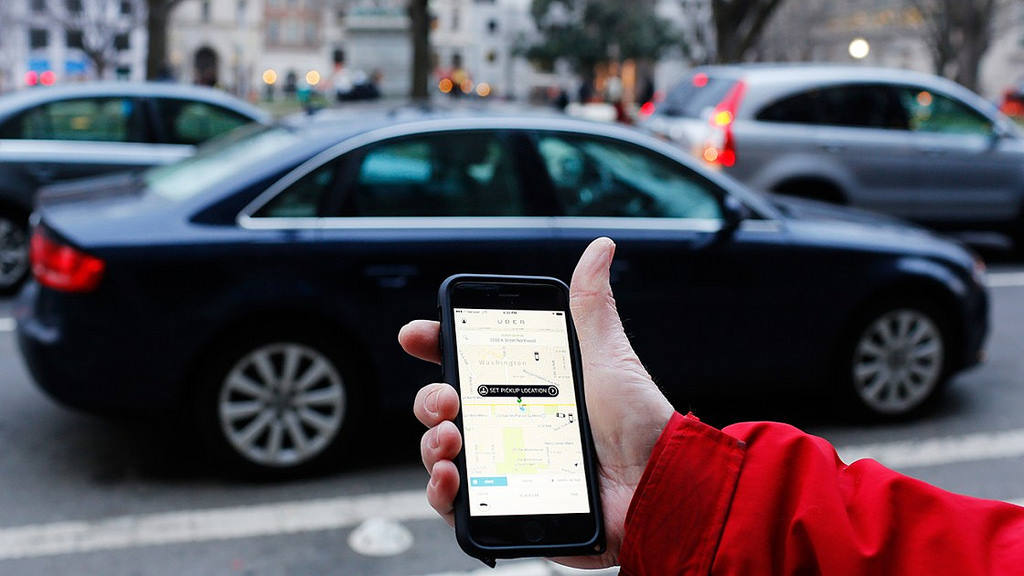
Uber is now an “Open self-driving vehicle platform”
Uber and Daimler have announced a partnership that will enable the German automotive corporation to “own and operate their own self-driving cars on Uber’s ridesharing network”. (Read: Uber and Daimler Join Forces On Self-Driving Cars).

Uber and Daimler Join Forces on Self-Driving Cars
Uber has been viewing Self-driving cars as a huge opportunity and a potential disruption to their current business model for a while now. The importance of their partnership with Daimler cannot be understated. The fact that Travis Kalanick, the CEO and founder of Uber decided to announce the partnership by blogging about it himself is a big sign of how important this is to the future of Uber.
An Open Self-Driving Vehicle Platform
Uber’s partnership with Daimler is different from its partnership with Volvo, where the two companies were involved in developing self-driving cars together. The partnership with Daimler, on the other hand, places the responsibility of developing and maintaining the autonomous driving tech and fleet squarely on the shoulders of the German automaker. In other words, Uber is now a platform where carmakers like Mercedes-Benz can offer their cars for ridesharing instead of having to build their own “Uber” to do so.
Will this change Uber’s Mapping Goals?
Don’t expect it to. Uber’s partnership with Daimler is big news, but Uber hasn’t announced that it will discontinue its own efforts to build Self-driving cars with Volvo (don’t expect it to). Maps are fundamental to Uber for a number of reasons not limited only to Self-driving vehicles. In fact, GIS is what makes Uber, Uber (Related: Getting rich with GIS? That is just what Uber has done).
On the contrary, its partnership with Daimler means that Uber has to be now able to understand and route Self-driving cars built by other companies as well, which places a higher emphasis on maps and navigation algorithms.
As Travis noted in his blog post, manufacturing cars isn’t easy and it is certainly nice to see tech companies and auto manufacturers work together focusing on each other’s strengths to push forward. Here is an interesting video that he shared in his blog while announcing the partnership with Daimler, on the Future of Transportation – it’s a bit length but definitely worth listening to.



